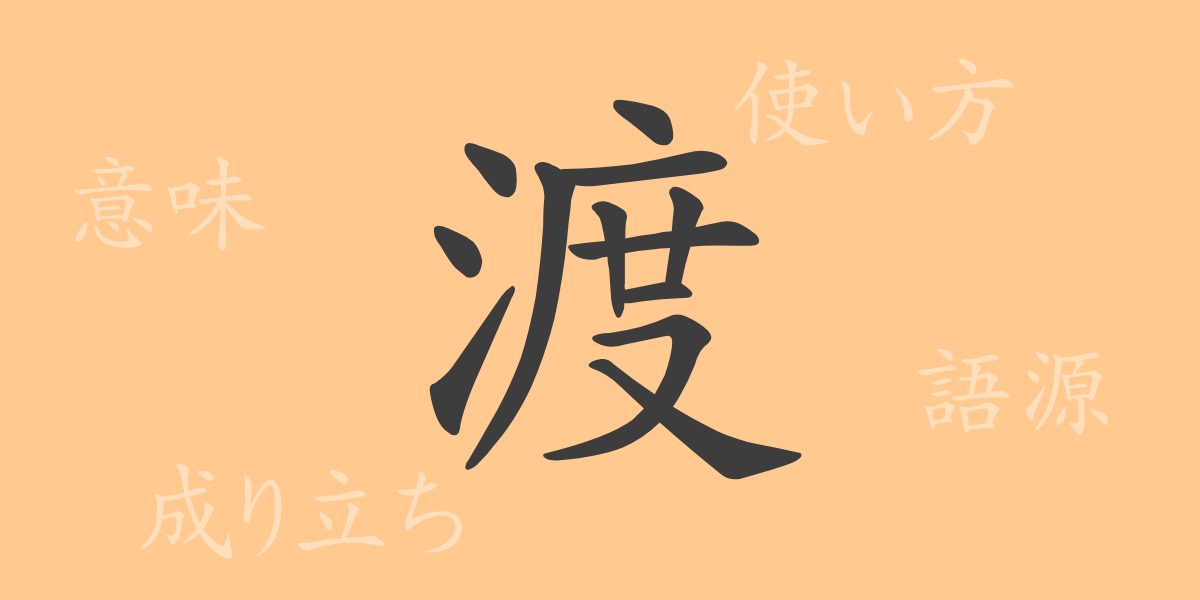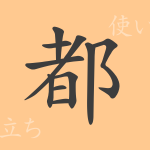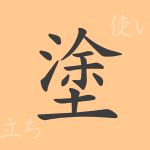In the tapestry of Japanese written culture, kanji play a pivotal role, intricately linked with the lives of the Japanese people through their rich meanings and forms. ‘渡(ト)’ is one such frequently used kanji, performing various roles in our language. This article delves into the historical background and contemporary usage of ‘渡’, exploring its allure.
Origins of ‘渡(ト)’
The kanji ‘渡’ signifies crossing over a flow of water. It originated from an ancient Chinese pictograph representing the shape of a boat used for crossing rivers. Over time, its form and meaning evolved to what ‘渡’ is today. This character not only pertains to physical movement but has also come to embody metaphorical transitions.
Meaning and Usage of ‘渡(ト)’
‘渡’ primarily encompasses two meanings: ‘to cross’ and ‘to pass something to someone else.’ The former refers to crossing bodies of water like rivers or seas, or moving from one place to another. The latter involves transferring objects or responsibilities to others. Both meanings share the common theme of crossing a boundary.
Readings, Stroke Count, and Radical of ‘渡(ト)’
The character ‘渡’ has various readings depending on its use.
- Readings: On’yomi ‘ト’, Kun’yomi ‘わたる'(wataru), ‘わたす'(watasu) and others
- Stroke count: 12
- Radical: 水(みず, さんずい) – water
Phrases, Idioms, and Proverbs Using ‘渡(ト)’
There are numerous phrases, idioms, and proverbs that include ‘渡’. For example, ‘渡航(トコウ)’ means to travel overseas, ‘一渡り(ひとわたり)’ signifies completing a process, and the proverb ‘渡りに船(わたりにふね)’ describes an unexpected opportunity resolving a difficult situation.
Conclusion on ‘渡(ト)’
Each kanji carries its own history and story. ‘渡’ is no exception, evolving from the shape of an ancient boat to a variety of modern expressions, standing the test of time alongside human civilization. Through this article, we hope you have gained a deeper understanding of ‘渡’, appreciating the profound meanings and applications it holds within the Japanese language.

























